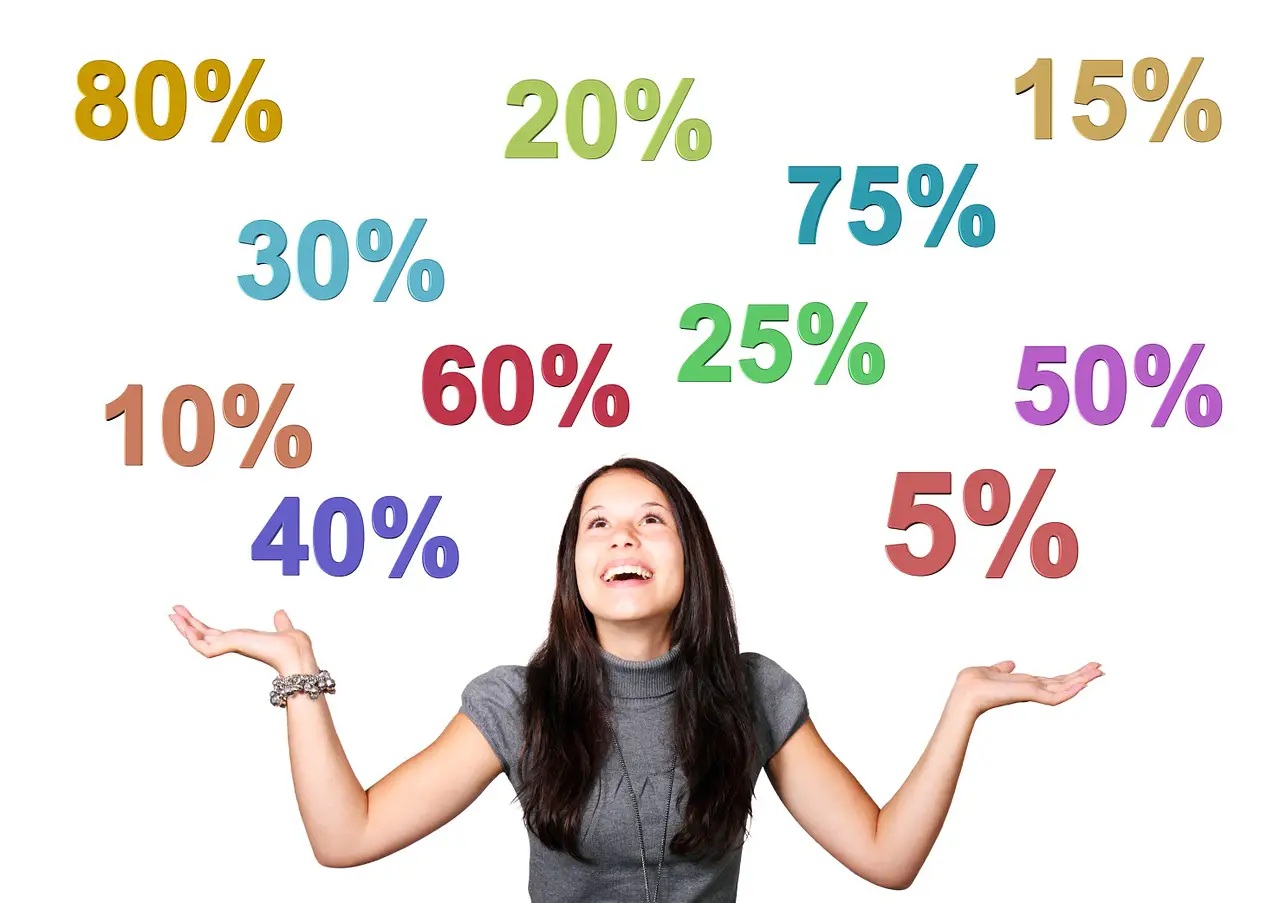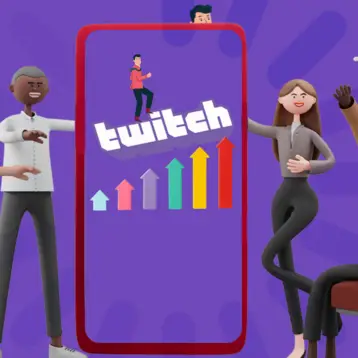Discount codes are some of the most versatile and easy to use marketing tools in today’s day and age. Still, even though they may look innocent enough, there are some things you need to know before using them in the online environment.
Now, before you jump into a shopping spree, here is a list of the seven most easy to miss details when it comes to getting a discount by using a coupon.
#1: Codes are Not Always in the Same Place
If you’re used to seeing the coupon codes in the checkout process, you may be surprised to learn that not all sites have the same practice. Some site may give you the code the moment you click on the product for more information, while others may hold back on you until the very last window in the checkout process.
The idea is that you shouldn’t get frustrated if a site promises to offer discounts based on a coupon code, but you can’t immediately see the code. It doesn’t mean it won’t show by the time you get to click Send on the order.
#2: Not All Websites are Straightforward
First, you should know that most coupons only apply to a certain category of products or carry certain limitations. This means that your product may not be eligible for a discount.
Sadly, not every site will let you know right away if there’s a problem with the coupon you applied. Some wait until the very last moment after you’ve already introduced your address and credit card information.
I think that, in this situation, most people would just continue the process without the coupon instead of wasting more time and nerves on going back and checking the details.
#3: Websites Working with Promoters
Nowadays you can find all sorts of coupons on sites other than the producers’. Producers do this to broaden their audience reach and boost sales without investing too much indirect advertising.
For instance, coupons for the Nolah Mattress can be found on many of their promoters’ sites. For each sale that happens via one of these coupons, the promoter gets a small cut from the producer. This commission is not included in the final price, so the customer doesn’t have to pay for it.
As it turns out, big brands find using promoters a very lucrative business. They don’t have to put in the effort to create promotional materials and disseminate the message via the best channels – it’s the promoter’s job. And if the campaign fails, on one site, it may be successful on another, so the producer doesn’t lose money.
#4: Coupon Aggregators
If you don’t have a favorite store, but you know the products you want, make sure to check some coupon aggregators first.
If you’re not familiar with the term, coupon aggregators are sites and apps that make your job easier. The best aggregators have a list with the best valid coupons to use for a specific category of products, and they will give you all the details on limits or minimum amount.
As it turns out, in 2018, 94% of consumers use coupons for their shopping and more and more stores use apps to keep shoppers up to date.
#5: Using Coupon Codes to Attract New Leads
Coupon codes are a powerful marketing tool and many stores know it. This is why you may find you need to sign up for an account before getting a discount code. Some stores even go as far as to ask you to make a purchase before sending over a coupon!
This is a technique practiced mostly by high-end stores, with exquisite products that attract customers by offering an exclusive experience.
#6: Special Times Call for Special Coupons
It’s a commonly known fact that there are more discounts during the holiday season, so it’s natural to see affluence of discount codes during this time of year. Furthermore, for smart retailers, this can be a blessing in disguise. Slashing off prices using printable coupons is a great way to move old stock and get people to visit your store.
If the retailer applies strategic merchandising, where the most interesting items are placed at the back of the store, chances are that over 50% of visitors will buy more than what they came for.
#7: Different Types of Codes
Sites tend to use three main types of codes: public, private and restricted. Public ones are available to everyone and can be applied to all sorts of products from clothes to shopping for groceries online.
Private codes target only specific people and usually highlight a special offer. Finally, restricted codes are made for one person and can only be used once. These tend to have the highest discounted value and are only afforded in special cases.
Wrap up
As you can see, there is a lot to learn about coupons, but with a bit of patience and analytic spirit, you’ll learn to joggle them on a daily basis.





![Guide To Using JCP Kiosk – [ Features & Benefits ]](https://thefutureofthings.com/wp-content/uploads/2024/03/image-4-358x358.png)





